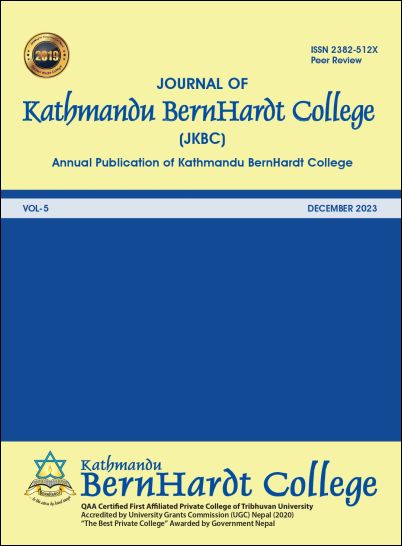Examining the Economic Impact of Cardamom Farming on Household Resources
DOI:
https://doi.org/10.3126/jkbc.v5i1.66762Keywords:
Cardamom Farming, Good Agricultural Practices, Minimum Selling Price, Global Value Chain Analysis, Gross Domestic ProductAbstract
This study investigates the production economics and household contribution of cardamom farming, analyzing socio-economic characteristics, value chain, and issues in Likhu river corridor. Data from a mid-July 2022 survey of 100 households in Likhu-Pike Rural Municipality, Solukhumbu District, is supplemented by indirect interviews and secondary sources. For analysis and presentation, descriptive and inferential statistical tools are employed. Results reveal a significant 25.83% share of cardamom income in total household income, with wild animal crop destruction being a major problem. The study recommends expert training, identifying in-farm income sources, adopting a cooperative marketing approach, and improving grading and packaging practices for higher benefits.




